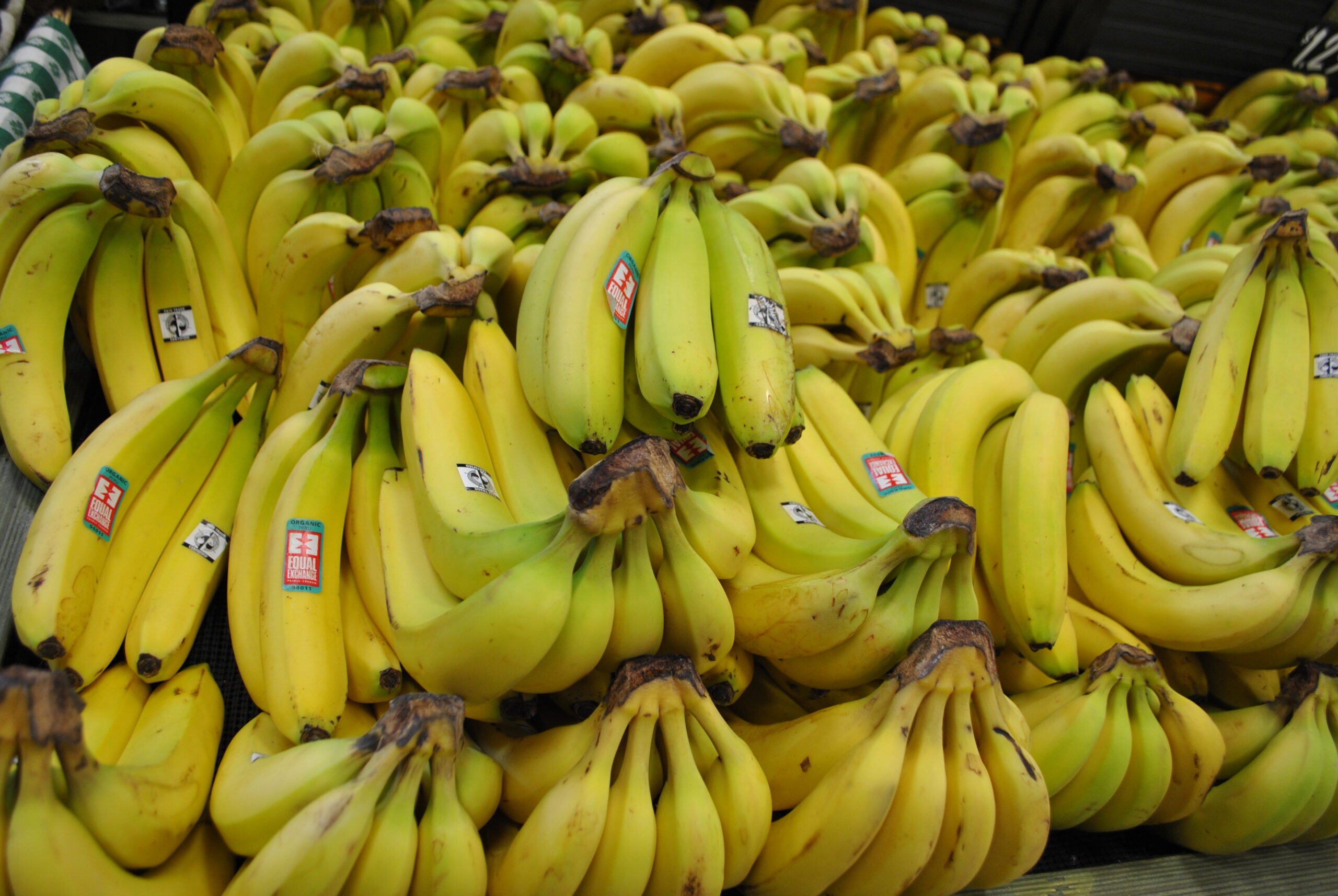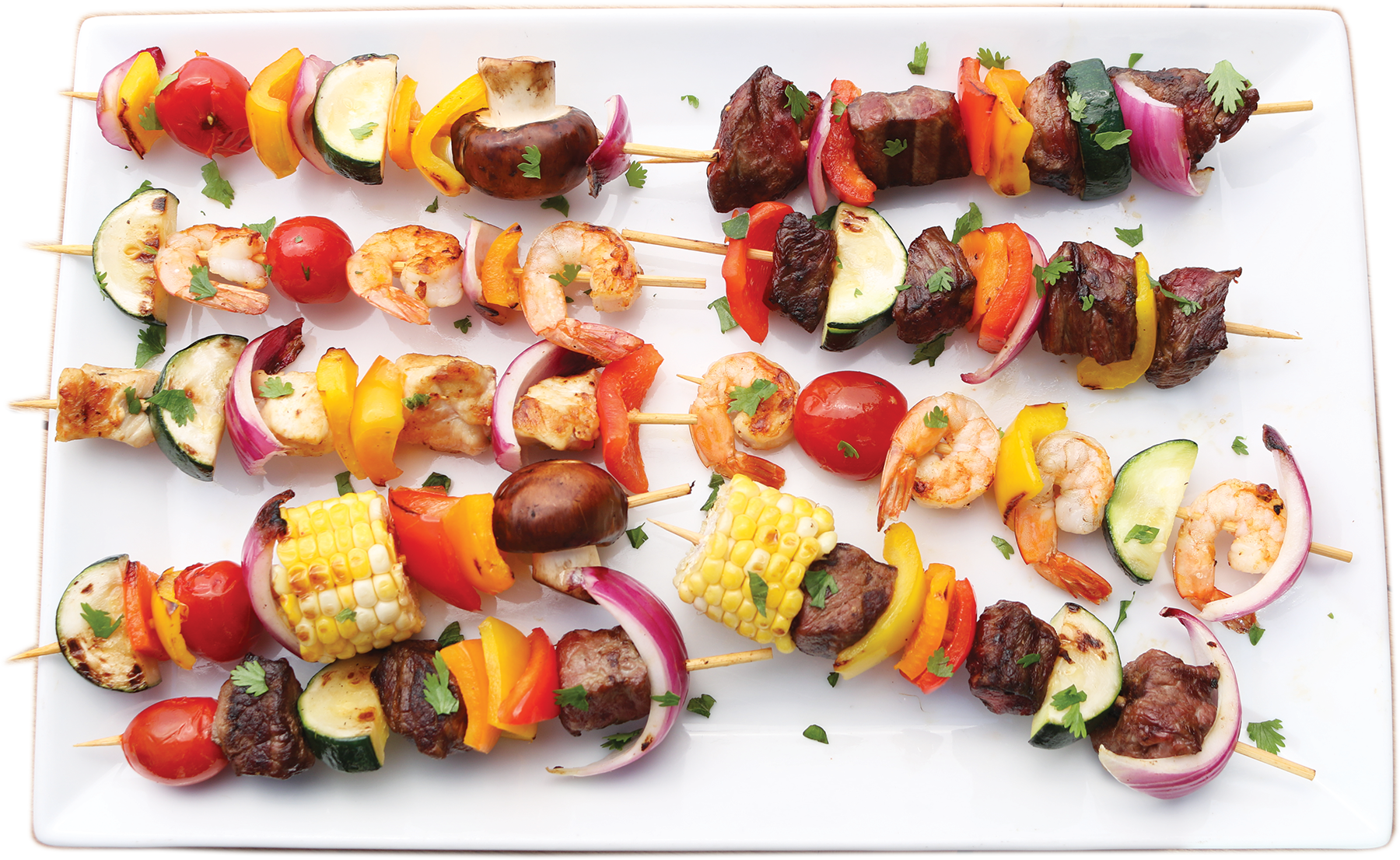Organic Seed Potatoes are here!
And the time to plant is quickly arriving. In our area, potato planting happens mid-April, as soon as the soil warms and 1-2 weeks before the last frost date. The ideal potato-planting soil is loose, well-drained and slightly acidic. At least six hours of sunlight are needed.
The day before you plant, cut the larger potatoes into pieces with one “eye” (dormant bud) per piece. Let the pieces dry overnight. Small potatoes (1-1.5” diameter) can be planted whole.
Dig a shallow trench (6-8 inches) and mix compost into the bottom of it. Replace some of the soil, in order to set the potato pieces 3-6 inches deep, with the eye facing up. Plant each piece 12 inches from each other, and if you’re planting more than one row, keep 30-36 inches between the rows. Cover the potatoes with the soil you took out.
Sprouts will appear in two weeks. Once the plant is 6 inches tall, mound soil loosely up around the base of the plant in order to cover the root as well as support the plant. The idea is to protect the tubers from getting sunburned. Mound again when necessary, about 2 weeks later. This mounding not only avoids greening, it increases the number of tubers and promotes larger growth. Keep up with it throughout the season.
Potatoes need consistent watering! They love temperatures in the 60s. Provided these conditions and care, you can plan to harvest new potatoes (young, tender-skinned yummies) in 7-8 weeks, when the plant begins to flower. Gently dig around with your hand and pull some out of the ground, or gently lift the whole plant with a fork and take a few, then return the plant and water it well to apologize for your enthusiasm. Harvest the main storage crop in September, when the days are getting cool and frost isn’t far off. That’s when the plant tops are dying and sending the last of the vines’ energy underground to the tubers. For more information on harvesting, curing and storage advice, Google it!
Varieties available at Valley Natural Foods:
Yukon Gold – 70 days. Early season. Outstanding flavor and dry texture.
Good for baking, boiling, and frying. Excellent keeper.
All Red – 70 days. Early season. Cranberry-red skin and white flesh with
rosy tie-dye swirls. Best boiled or steamed.
Red Norland – 80-90 days. Mid-season. great flavor and heavy yields.
Best used for boiling, frying, and roasting. Good keeper.
All Blue – 95-125 days. Late season. Has a soft, moist texture. Excellent
for steaming and au gratin potatoes.
Russian Banana Fingerling – 105-135 days. Late season. Heirloom
superstar. Suitable for boiling, roasting and baking. Stores well.
German Butterball – 110-135 days. Late season. Heirloom, unrivaled
in flavor. flaky texture and rich flavor. Excellent baked, roasted, mashed, or fried. Excellent storage.
Special note: A great way to grow potatoes without taking up garden space is to grow them in a trash can! Google “Growing Potatoes in a Trash Can” to watch a how-to video.





